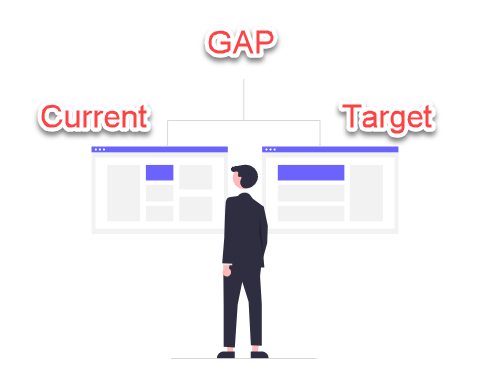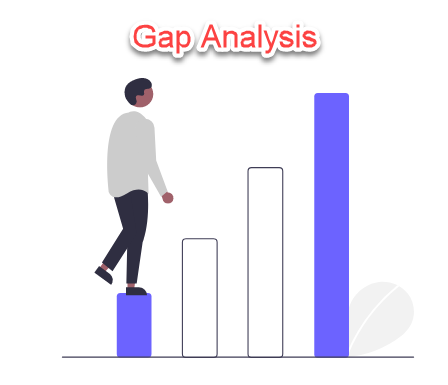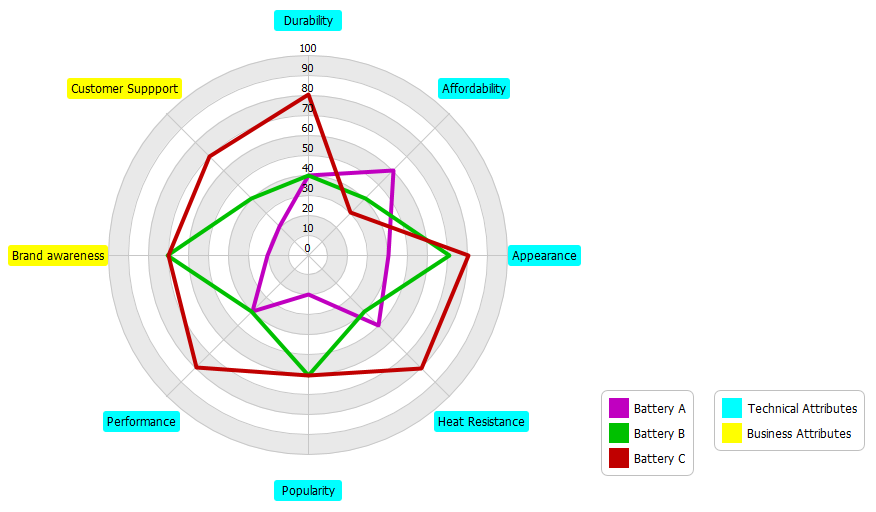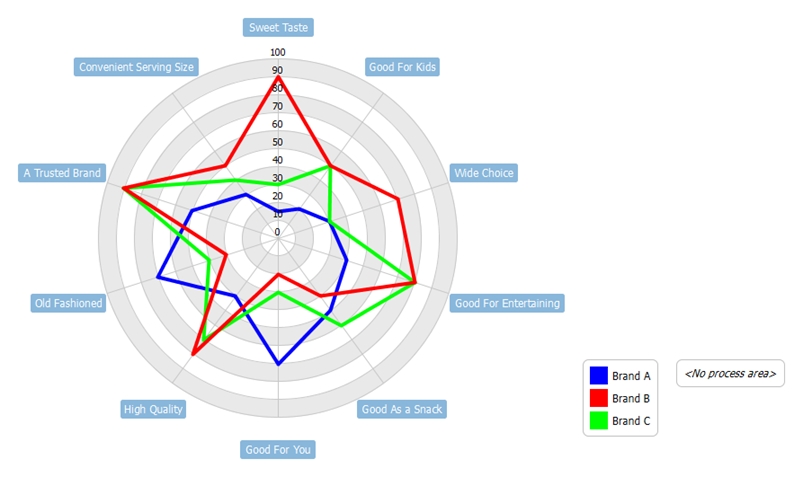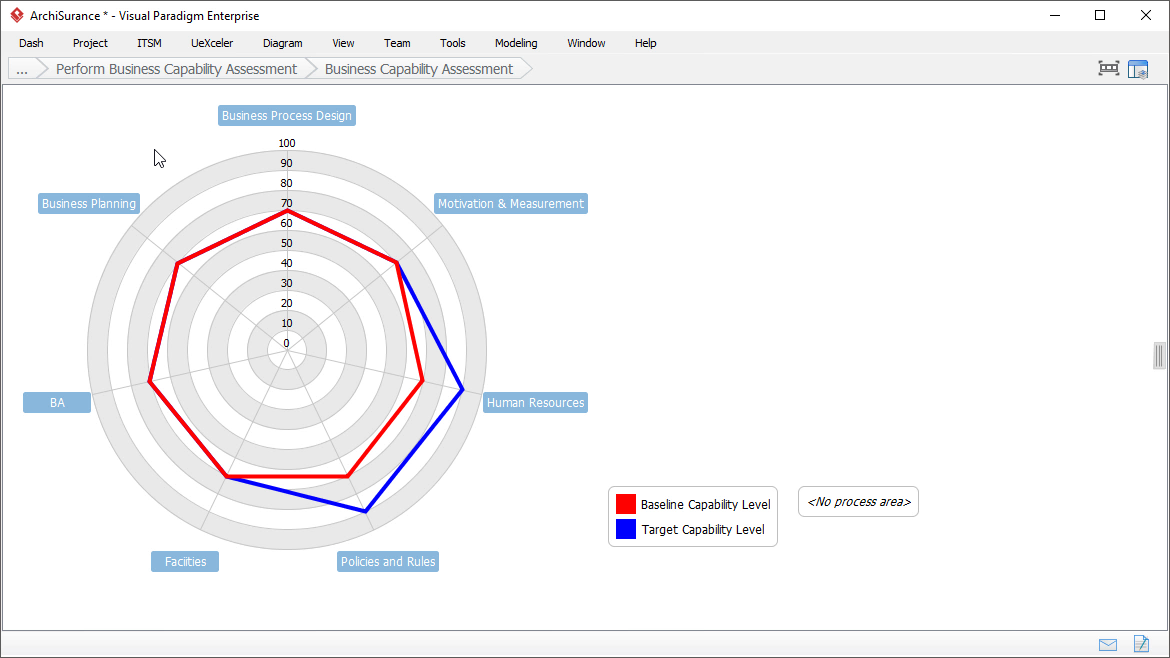Home » Strategic Analysis
Businesses and organizations are constantly looking for ways to improve their operations, whether it's increasing efficiency, reducing costs, or improving the customer experience. One way to achieve these goals is by performing a Current State/Future State analysis. This type of analysis is a powerful tool that allows organizations to identify and map their current processes, as well as define and plan for future processes that will help them achieve their desired goals. What is Current State/Future State Analysis? Current State/Future State analysis is a process that involves mapping out the current state of…
continue reading →
Introduction In today's competitive market, customer satisfaction is key to the success of any business. A smooth and efficient sales process can make all the difference in ensuring customers leave with a positive experience and come back for more. However, identifying inefficiencies and bottlenecks in a sales process can be challenging, and developing a plan to improve it can be even more daunting. That's where an As-Is to-Be analysis comes in. In this article, we will explore how a retail company used this analysis to improve their sales process and ultimately increase customer…
continue reading →
What is a Gap Analysis A gap analysis is a tool used to compare the current state of a business or organization with its desired future state. It involves identifying the gap between where the organization currently stands and where it wants to be, in order to identify areas of improvement and develop strategies for closing the gap. Gap analysis can be used by individuals, teams, or organizations to identify areas for improvement in a variety of contexts, such as: Business strategy: To identify gaps in the organization's business strategy and align it…
continue reading →
SWOT vs TOWS SWOT and TOWS are both strategic analysis tools that are used to assess the internal and external factors that affect a business or objective. While they have similarities, there are some key differences between the two tools. SWOT analysis is a tool that is used to assess a business's Strengths, Weaknesses, Opportunities, and Threats. It is a simple and effective tool for identifying internal and external factors that impact the business. Strengths and weaknesses are internal factors that are within the control of the business, while opportunities and threats are…
continue reading →
In the world of Agile project management, a feasibility study is a critical step towards project success. The Agile approach emphasizes flexibility, collaboration, and continuous improvement, and the feasibility study plays a key role in ensuring that the project is viable and achievable within these parameters. A feasibility study involves evaluating the technical, economic, and operational aspects of the project to determine if it is worthwhile and feasible. This includes assessing the technical requirements, available resources, potential risks and constraints, and estimating the cost and schedule for the project. By conducting a feasibility…
continue reading →
Developing new products can be a complex and challenging process, requiring careful consideration of a variety of factors, including product features, resource allocation, customer needs, revenue generation, and decision-making. To ensure that the development process is as effective and efficient as possible, it's important to use tools that can help to evaluate and compare different options, prioritize key features, and identify actionable steps to drive progress towards the desired outcome. In this article, we will explore how the use of radar charts and action plans can help to streamline the product development process…
continue reading →
What is a Radar Chart? A radar chart is a graphical representation of data that is used to display performance or comparison of multiple variables on a two-dimensional plane. Also known as a spider chart, web chart, or star chart, a radar chart consists of a series of spokes that radiate outward from a central point. Each spoke represents one of the variables being measured, and the length of the spoke indicates the value of the variable. The data for each variable is plotted on the chart as a series of points, which…
continue reading →
Performance analysis is a critical process for businesses to identify areas where they can improve and stay competitive in their respective markets. One useful tool for conducting a performance analysis is a radar chart, which can help teams visualize their strengths and weaknesses across multiple dimensions. In this article, we will explore how businesses can use radar charts to identify gaps in performance and take action to address them. What is a Radar Chart Radar charts, also known as spider charts or web charts, are useful in the performance analysis domain as they…
continue reading →

